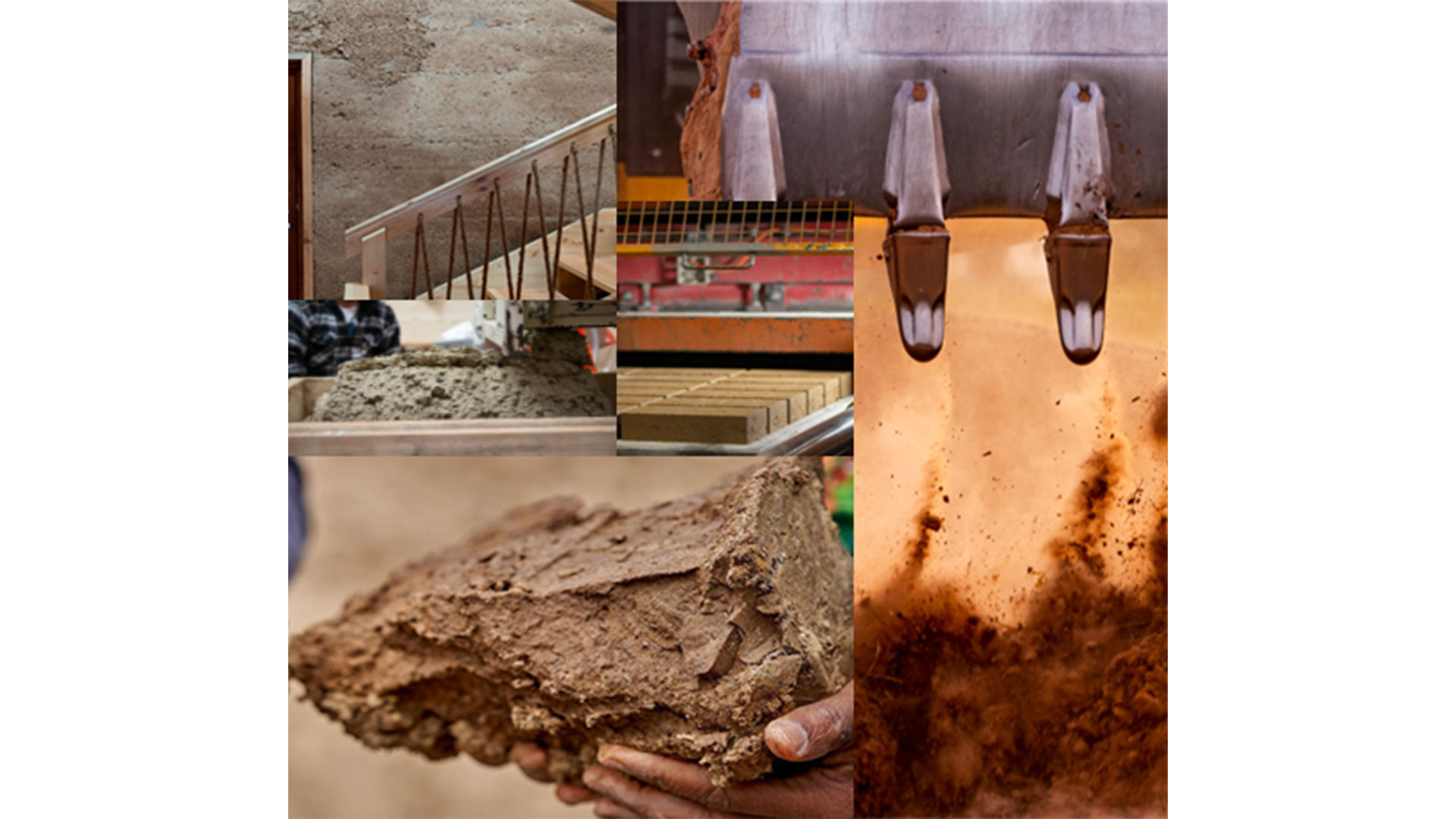Earth-Based Building Materials
Switzerland’s earth and clay resources offer immense potential for sustainable construction. Millions of tons of clay-rich materials are discarded annually at high costs, adding to landfill pressures. SP1 aims to transform these materials into climate-friendly, recyclable building products. By setting up reliable processes and standards, the project promotes regional production, reduces import dependency, and supports eco-friendly practices in Switzerland’s construction sector.

Switzerland has considerable earth and clay resources. Every year 40-60 million tons of clay-containing materials from excavations and filter deposits from gravel washing plants contribute to expanding landfills and are deposited at a noticeable cost (CHF 450 - 700 million). With the right processing techniques, these materials can be returned back into the construction industry and represent climate-friendly and recyclable building materials. Through their regional use, we can reduce dependence on imported building materials and transportation routes while increasing local value creation in Switzerland.
From a scientific and technological perspective, this "Earth-Based Building Materials" subproject of the Think Earth flagship is developing the foundations for reliably producing earth-based building materials on an industrial scale. We are preparing them in economic processes and in industrial applications, mixing them and making them available to the construction industry. Central aspects are the guarantee of reliable material properties (short-term and long-term precision of building material production), the identification of the shrinkage and creep behavior strongly present in earth-based materials, their influence by additives and their influence on material strength. While earth-based building materials are in principle infinitely circular, the influence of additives on workability and their effect on material properties is to be investigated. In order to be able to draw economic and reliable conclusions about the material properties of earth-based building materials using cube samples, as is common with concrete, the scale effect of the material properties in relation to different component sizes will be investigated.
These findings enable the use, calculation and dimensioning of earth-based building components and form the basis for the documentation and standards for such materials to be developed in Subproject 10 of the Think Earth project.
Contact person
Prof. Dr. Uwe Teutsch
Lucerne School of Engineering and Architecture
Email:
external page Website
